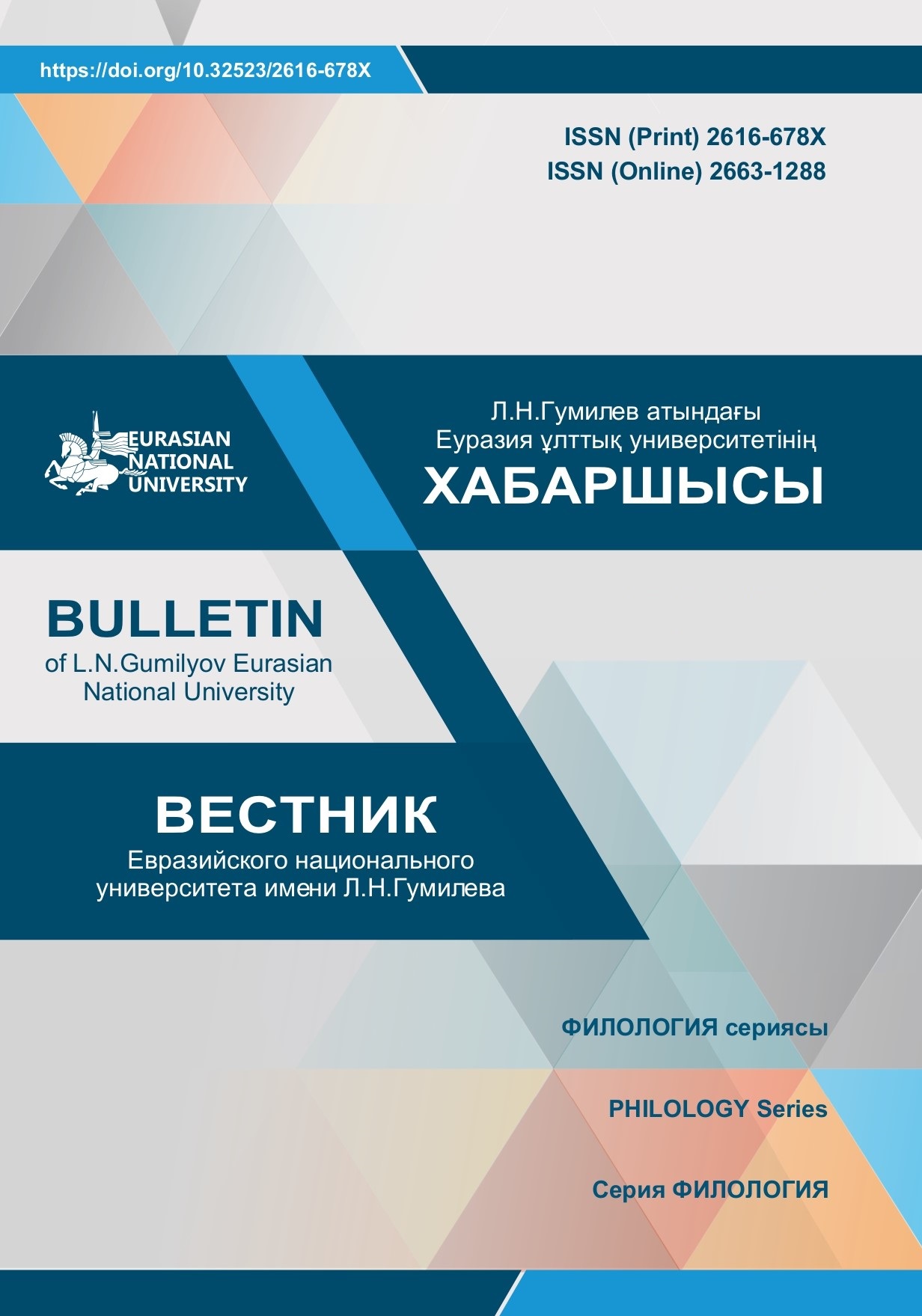Linguocultural study of women’s costumes in the novel "The plum in the golden vase" by Zhuang Zheng from the perspective of cultural translation
Views: 301 / PDF downloads: 178
Keywords:
Lingvoculturology, Cultural Translation Concept, “The Plum in the Golden Vase”, Women’s Costumes, Han Chinese Costume, Ming DynastyAbstract
The visual nature of modern culture actualizes interest in the ethnic cultures of antiquity, including the historical costume. At the mass level, this is manifested in museum expositions, in the popularity of fiction. In practice, the costume should be considered as a sociocode that captures certain characteristics of a particular culture and, at the same time, is an intermediary among the cultures of different chronological periods, carrying out communication, transmission and assimilation of certain information that is significant for this culture. The analysis of the sociocultural codes of the traditional Chinese costume is of interest to researchers from the point of view of a deeper understanding of the Chinese thought about tradition - the idea of internal continuity of externally disparate phenomena, allows us to identify the fundamental ideological prerequisites of previous historical eras and their manifestations in the essential features of modern culture, to trace the interaction of traditional and innovative. In this regard, in this article we analyze the translations of the famous Chinese novel The Plum in the Golden Vase (金瓶梅 Jīn Píng Méi), which contains a huge number of items of clothing, in particular, women's traditional costume. The narrative delves into themes of desire, morality, social status, and the intricate dynamics of relationships. It provides a detailed culture portrayal of the society, and lifestyle of the time, while also commenting on the hypocrisy and moral decay of the era. The study provided a comparative analysis of translations by Edgerton and David Tod Roy. The importance of historical materials, cultural relics and ancient paintings to the translation of costumes is explored.







